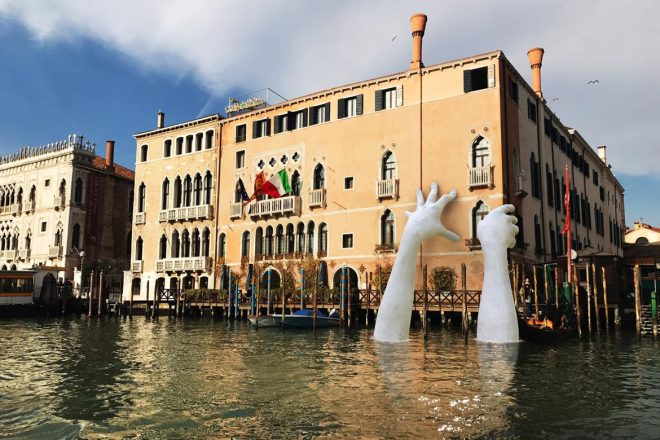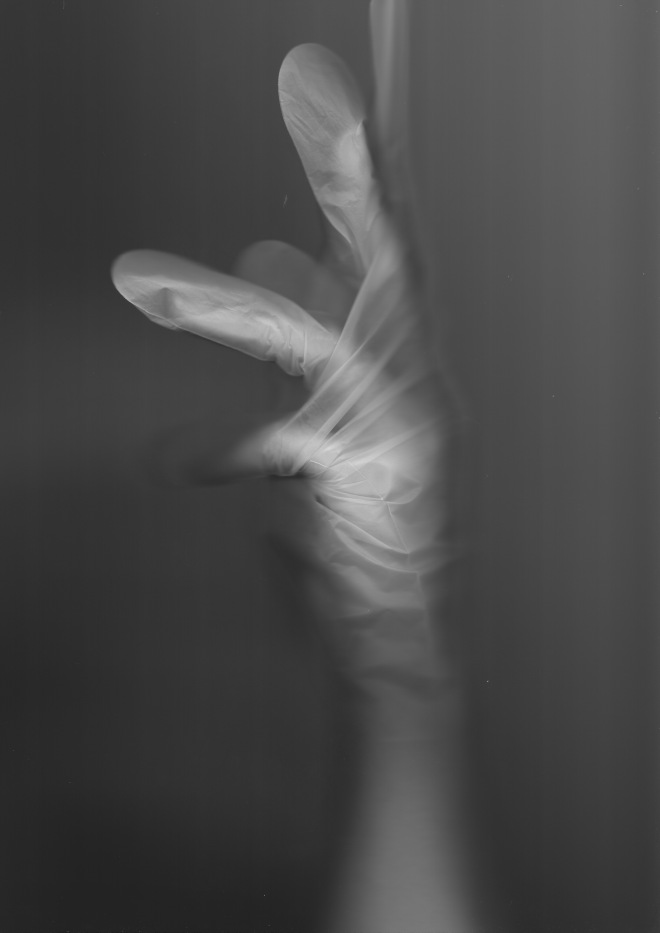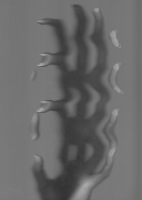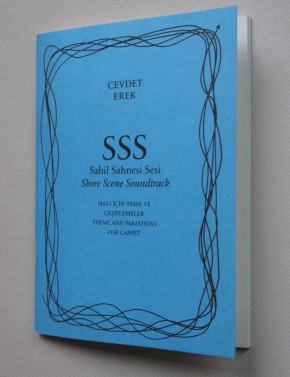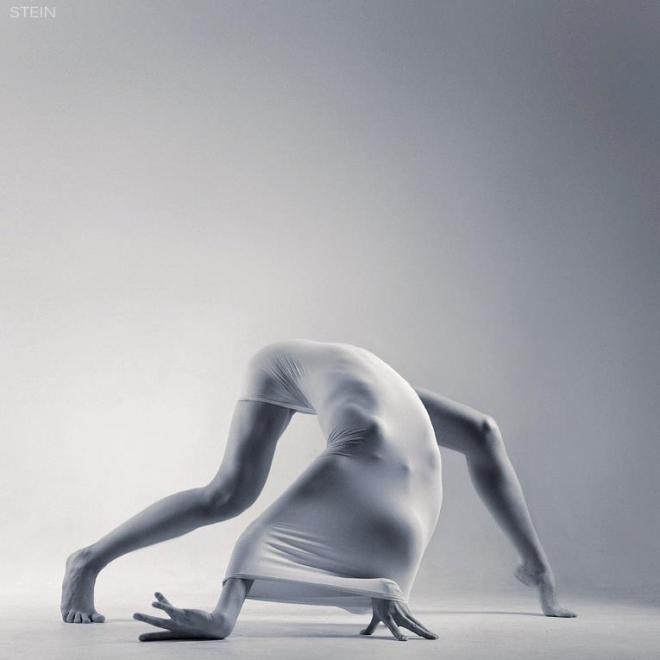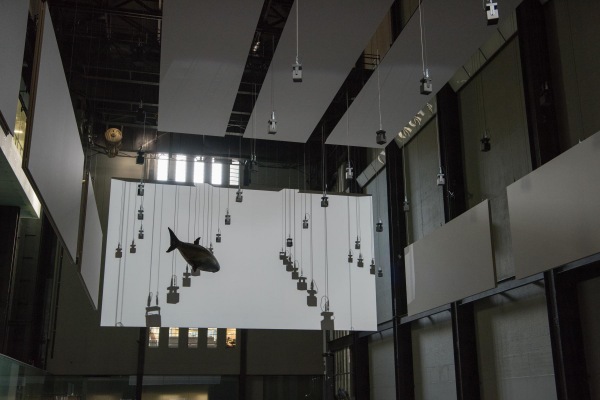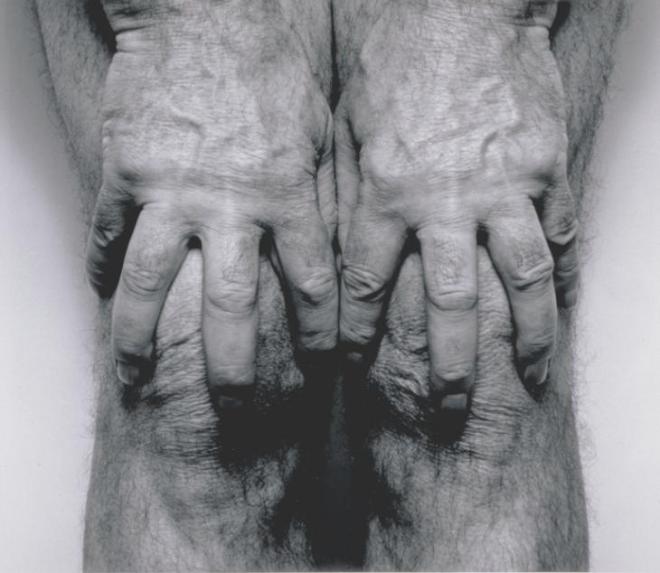Personal Statement
The focus of my work is to explore the often-misinterpreted impulse control disorder called Trichotillomania, whereby a person has the irresistible urge to pull hair out anywhere on the body. Through the use of scanography, sculpture and video I aim to produce the closest representation of my own personal experience, while at the same time expressing emotions that have more general currency with any audience. My most recent work shows the conflict between appreciation and frustration from what my hands are capable of and the behavioural stages of impulsivity while exploring visuals, sounds and feelings that can cause relaxation.
Professional Website
Documentation
1. Jar of Hair made me realise that i don’t want to use hair in my artwork anymore because it’s too specific.
2. Sponges were used to replicate the sounds heard when brushing hair in order to avoid the impulse when recording.
3. Cling film was the first material i used to extend the tension within my hands.
4. Movement to the scans made the hand gestures become unnatural and disturbing.
5. SAAVE is a project that allowed me to adapt my work to raise the awareness of mental health in general by reaching out to a wider audience.
Contextualisation
1. Beckie J Brown was one of the first artists to influence the exploration of Trichtillomania within my artwork.
2. Wave // David Altmejd gave me ideas on how to develop my hand casts and the different ways i can show the damage each hand gesture can make.
3. Give or Take // Louise Bourgeois make me think about the conflict between feeling appreciation and hatred for what my hands are capable of.
4. Knitting Noodles // Cynthia D Suwito led me to question the importance of patience and mundane activities, especially when recovering from poor mental health.
5. Shore Scene // Cevdet Erek reminded me of ASMR (Autonomous Sensory Meridian Response) videos and made me question whether to start recording the process of my pieces and consider live performance.


